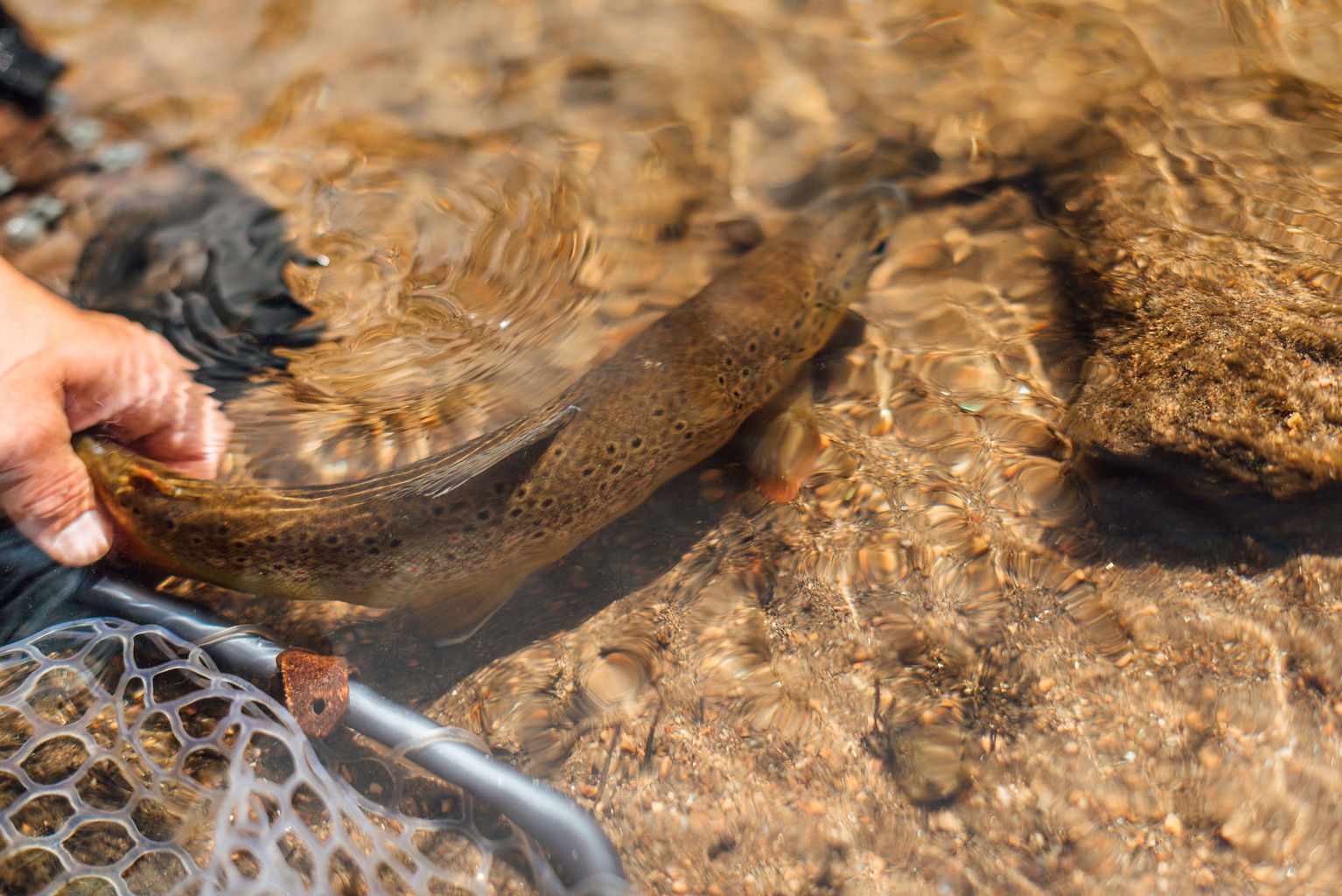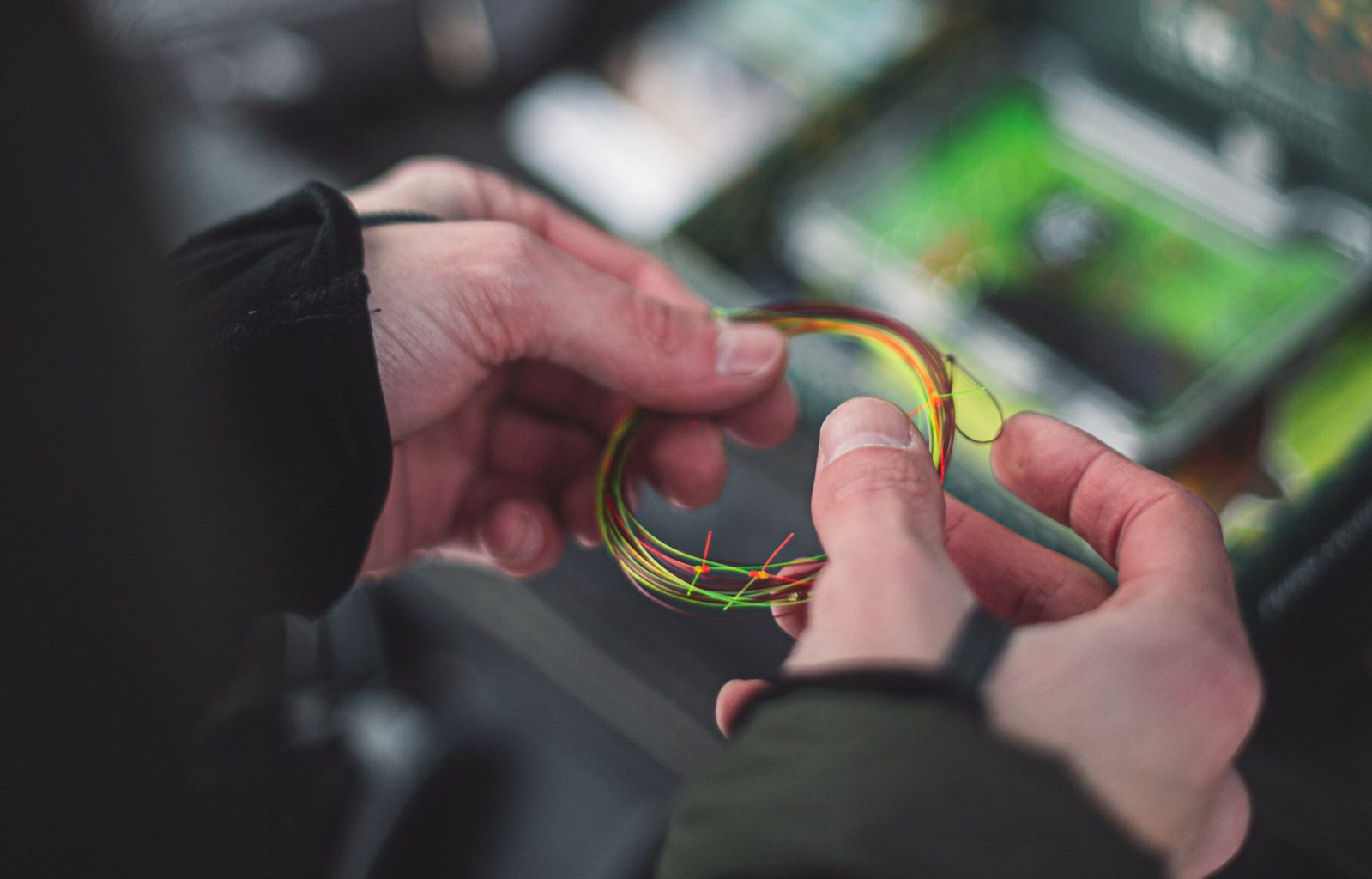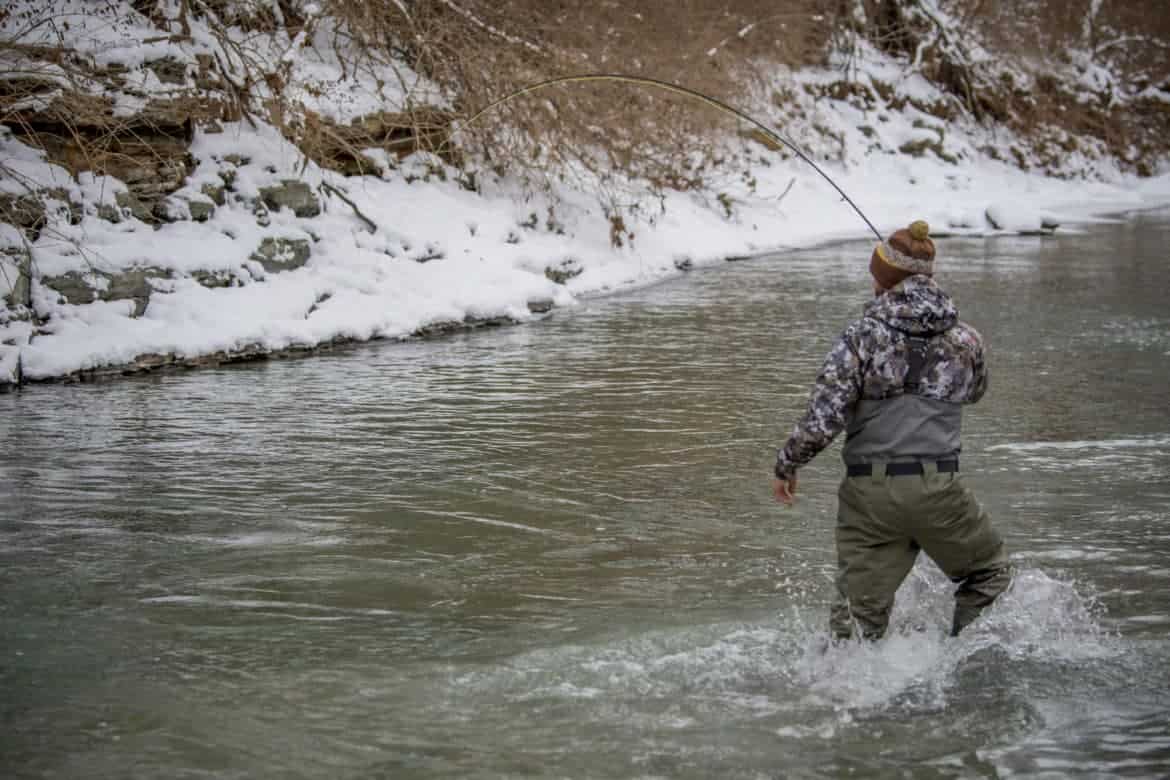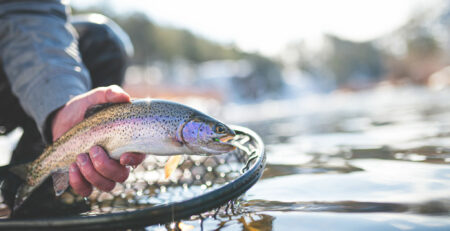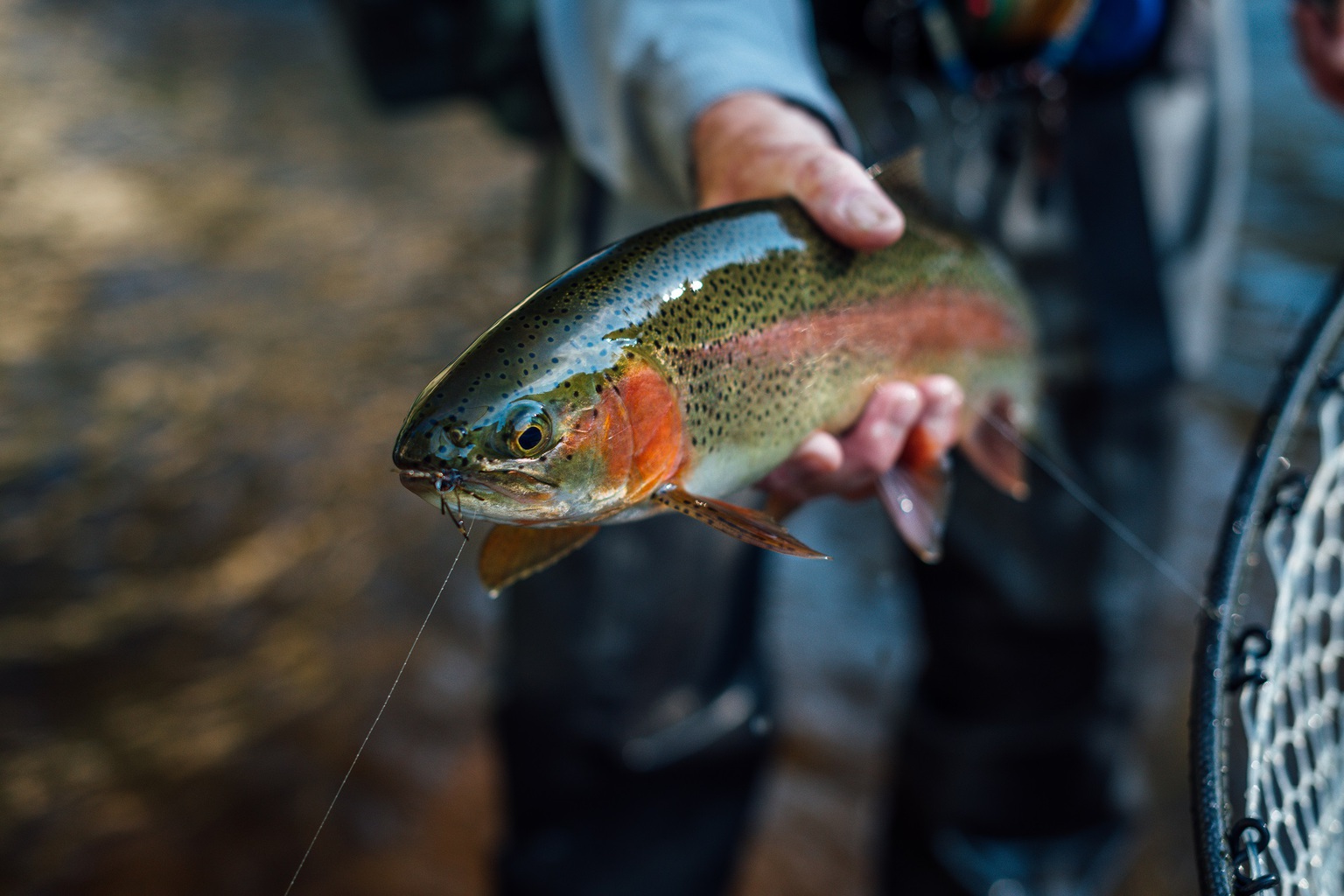Guide To Fly Fishing Stillwater for Trout
Trout fishing is typically synonymous with faster currents in streams and rivers, but lakes can be overlooked gems!
Stillwater provides a unique experience and it’s a stark contrast fishing in the moving water. Trout still have likely holding places, but they can sometimes be harder to find. Furthermore, the fly selection typically changes a bit as the bug life is different. Leeches, damsels, and chironomids are some of the most productive patterns to use and in most river situations they aren’t even on the radar. To make things even better, trout in stillwater can grow to extremely large sizes, and some true monsters are lurking out there in the deep!
Where to Look
Stillwater can be intimidating to anglers coming from streams. In moving water it’s fairly easy to discern areas of depth, structure, current changes, etc. Sometimes those same features can be a little more hidden in a lake, but the principles remain the same! Steeper shelf drop-offs are prime cruising spots for trout, as are the inlet and outlet stream areas. Trout will cruise in these zones, looking for an easy meal. Once you see rising trout, it’s important to remember to lead the fish in the direction they’re headed. If you cast right at the actual rise, the fly likely lands behind the fish who has already moved on. Rocky outcroppings, both on the surface and under the water, are another key element to focus on. Just like fish in a stream or bass in other lakes, stillwater trout crave the structure, and it’s also a hotbed for aquatic invertebrates that make up a bulk of the fish diet. Baitfish school in these spots as well, so stripping a streamer through structure can yield some monster trout!
What to Throw
The bug selection in a stillwater lake is perhaps the biggest change in regards to rivers. Chironomids, damsels, and leeches make up a huge portion of the trout diet in these situations and while some of the techniques are transferable from moving water, there are a few notable differences. For starters, fishing a nymph rig can still work! However, without the element of moving water getting a “drift” isn’t possible unless fishing where the inlet stream enters the lake. A good rig is a suspended damsel nymph, down to a chironomid, with a leech trailing on the bottom. Set the indicator depth so that the flies are suspended just barely above the bottom of the lake, and then slowly retrieve the rig back in. This works best when targeting one of the deeper drop-offs, and the retrieve will give the impression that the bugs are crawling along the bottom or gently moving in the wake. Ants and beetles can be great dry flies to use when targeting cruisers along the shoreline.
Gear
The possibility of large trout in stillwater lakes means tackle needs to be a bit more robust than usual. Five- or six-weight rods, armed with a solid reel, are necessary to withstand heavy fish and long, deep runs. The stout rods also help cut through the wind that is so often present on lakes. One of the most enjoyable aspects of fishing like this is getting out in a belly boat to paddle around through the coves and deeper shelf drop-offs. The added mobility really helps anglers get to secluded areas and sometimes spots that are less fished than popular bank spots.
Stillwater trout are a unique experience, and, whether wading off shore or in the boat, the action can be outstanding and provide a welcome reprieve during runoff or other high water events on a local stream. Knowing that the bug life is different and that trout hold in certain areas throughout the lake help make your time more productive and increase the odds of hooking into the trout of a lifetime!

